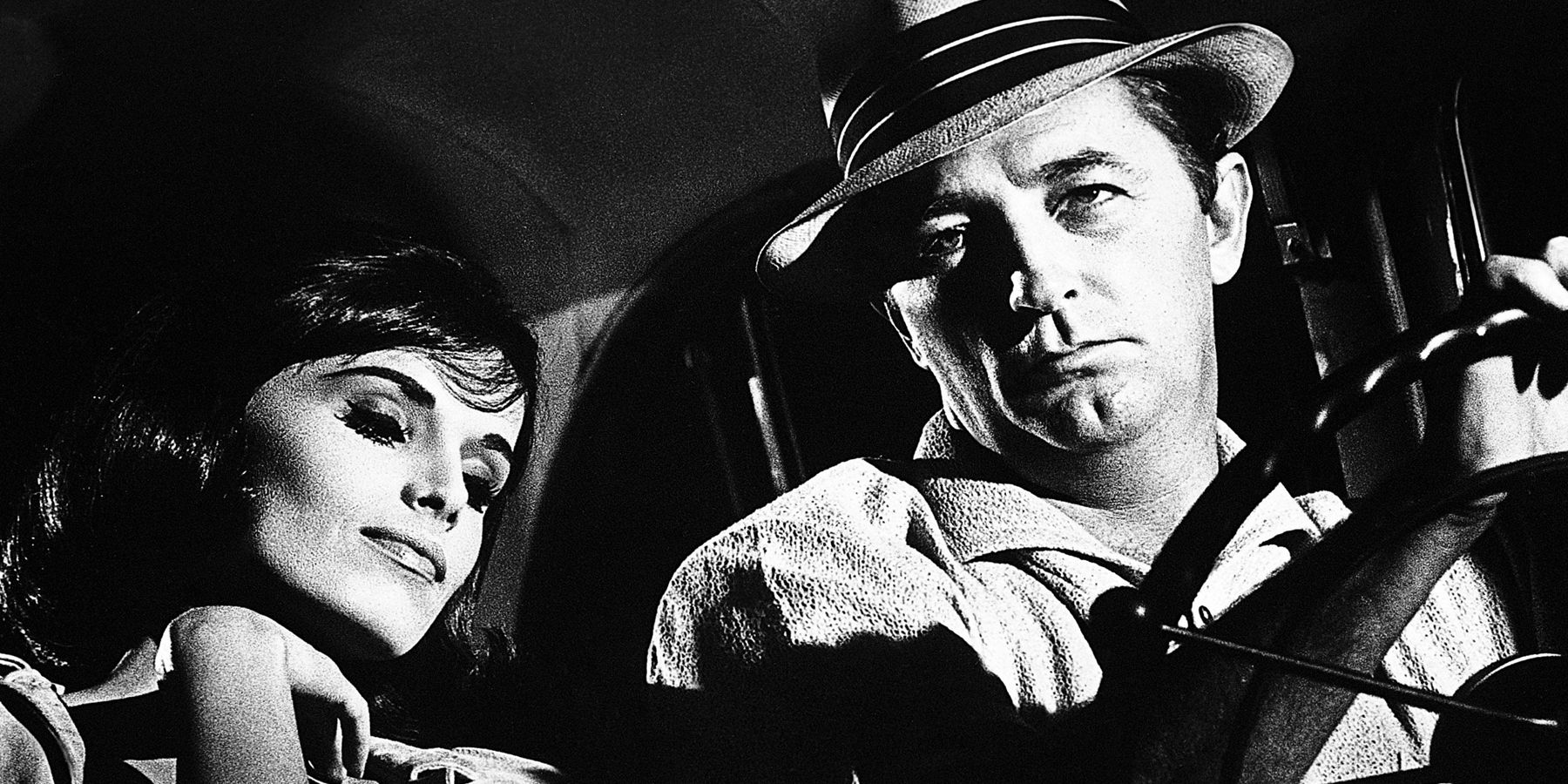The Alfred Hitchcock movie James Stewart despised making
Hitchcock liked Stewart. He perfectly embodied the everyday American man whom the director enjoyed dropping into dangerous, labyrinthine plots, and he was easy to work with. He showed up on time, prepared, and didn’t ask too many questions about who his character was or why a particular line of dialogue was written the way it was.
This worked well for Hitchcock, who preferred his actors to turn on their star power when the cameras were rolling but shut it off as soon as he called cut. In Stewart, he found the perfect leading man, but their relationship wasn’t always smooth sailing. In fact, they might never have made it past their first picture if it hadn’t been for one enticing co-star.
In the late 1940s, Stewart’s career was struggling, and when he was offered a prominent role in Hitchcock’s upcoming thriller Rope, he couldn’t turn it down. Based on a true story, the movie follows two well-educated young men (Farley Granger and John Dall) who kill an acquaintance for sport and then, to relish their success, throw a dinner party in which they lay the lavish meal on the trunk in which the body is hidden. Stewart plays one of the dinner guests, a teacher who inadvertently inspired the murder and becomes suspicious as the evening wears on.
The actor was uneasy about taking the role because he’d never played a character who could be partly to blame for such a heinous crime. His main issue, however, was Hitchcock’s technical approach to the film, which he decided to shoot as if it were one take. Because he couldn’t actually do it all at once, given the limitations of celluloid, he resolved to shoot it in ten-minute takes, moving the cumbersome camera around to ensure that the audience stayed engaged. This required extensive rehearsals that were more about the camerawork than the acting.
Stewart lost his cool. He was already unhappy with his role and felt uncertain about the trajectory of his flagging career. The added toll of the interminable technical rehearsals brought him to the brink of quitting. “I couldn’t sleep at nights after a day’s shooting on Rope,” Stewart told his biographer, Michael Munn. “Just to do a ten-minute take is hard enough because there are always noises that ruin the sound.” Someone would move a wall in the set at the wrong time, or drop a prop, and they’d have to start all over again. Ultimately, he said, “I’d never found making a film so difficult.”
When Hitchcock approached Stewart six years later about Rear Window, the actor wanted absolutely nothing to do with it. That feeling was only solidified when he learned that the director was planning to shoot the entire thing on one set. Luckily, Hitchcock had already signed Grace Kelly to play the female lead, and Stewart couldn’t pass on the opportunity to work with her. When Hitchcock assured him that he had already done the technical rehearsals before the actors were brought on, Stewart was convinced, and they went on to make some of the greatest films in history together.
Related Topics










